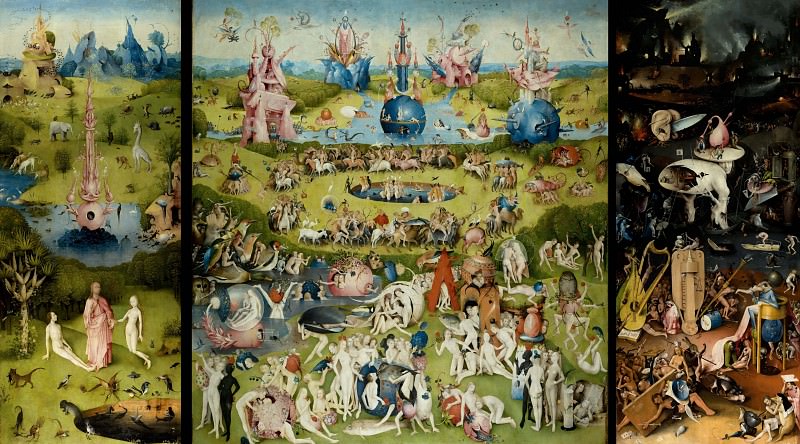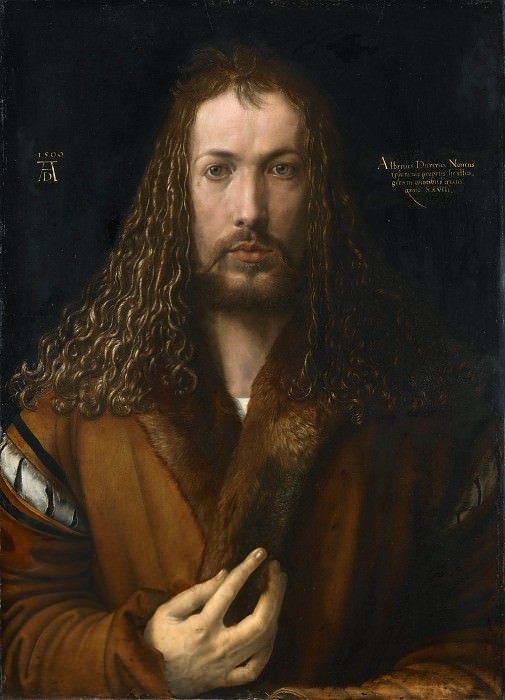The Artistic Journey of Maya Lin
Early Life and Influences
Maya Lin was born on October 5, 1959, in Athens, Ohio. Her parents were Chinese immigrants, and her upbringing was steeped in a blend of Eastern and Western cultures. Her father, Henry Huan Lin, was a ceramist and former dean of the Ohio University College of Fine Arts, and her mother, Julia Chang Lin, was a poet and literature professor. This creative and intellectual environment nurtured Lin's early interest in art and design.
From a young age, Lin was fascinated by the natural world, a theme that would later become central to her work. She spent much of her childhood exploring the landscapes around her home, which instilled in her a deep appreciation for nature and its forms. This early exposure to both art and nature would profoundly influence her future projects.
Education and the Vietnam Veterans Memorial
Lin attended Yale University, where she initially studied architecture but later earned a Bachelor of Arts degree in 1981 and a Master of Architecture degree in 1986. Her education at Yale was pivotal, providing her with a strong foundation in both the technical and conceptual aspects of design.
While still an undergraduate at Yale, Lin entered a national design competition for the Vietnam Veterans Memorial in Washington, D.C. Her design was selected from over 1,400 submissions, a remarkable achievement for a 21-year-old student. The memorial, completed in 1982, is a simple yet powerful V-shaped black granite wall inscribed with the names of over 58,000 servicemen and women who died in the Vietnam War. The minimalist design and its poignant reflection on loss and memory garnered widespread acclaim and established Lin as a significant figure in contemporary art and architecture.
The Power of Simplicity
One of the defining characteristics of Lin's work is its simplicity and clarity. She believes that less is more and often uses clean lines and minimal forms to convey complex ideas. This approach allows her work to speak directly to the viewer without unnecessary embellishment.
The Vietnam Veterans Memorial is a prime example of this philosophy. The stark black wall, set into the earth, creates a space for reflection and contemplation. The names engraved on the wall serve as a powerful reminder of the human cost of war, while the reflective surface invites visitors to see themselves within the context of this history. Lin's ability to evoke such profound emotions through simple, elegant design is a testament to her skill and vision.
Exploring New Forms
Following the success of the Vietnam Veterans Memorial, Lin continued to explore new forms and materials in her work. Her projects often blend art, architecture, and landscape, creating immersive environments that engage the senses and invite contemplation.
In 1989, Lin completed the Civil Rights Memorial in Montgomery, Alabama. This project consists of a circular black granite table inscribed with the names of key figures and events from the Civil Rights Movement, complemented by a wall with water cascading over it. The water element adds a sensory dimension to the memorial, symbolizing both tears and the idea of cleansing and renewal.
Environmental Art and Earthworks
In addition to her memorials, Lin has created numerous environmental art and earthworks projects that reflect her deep concern for the natural world. These works often involve reshaping the landscape in subtle ways to draw attention to environmental issues.
One notable example is her series of works titled "Storm King Wavefield" at the Storm King Art Center in New York. Completed in 2009, this project features seven undulating waves of earth, each over 300 feet long and 15 feet high. The Wavefield integrates seamlessly with the surrounding landscape, transforming the site into a dynamic, ever-changing work of art that responds to the seasons and weather conditions.
Architecture and Design
In addition to her large-scale environmental projects, Lin has also worked on a variety of architectural and design commissions. Her architectural work often reflects her interest in creating spaces that are both functional and deeply connected to their surroundings.
One of her notable architectural projects is the Langston Hughes Library in Clinton, Tennessee, completed in 1999. This small, elegant building repurposes a decommissioned barn, blending the old and new to create a space that honors the legacy of the renowned poet and writer. The design incorporates natural light and materials, creating a warm, inviting atmosphere that encourages reading and reflection.
Reconnecting with Nature
A recurring theme in Lin's work is the idea of reconnecting with nature. She often seeks to highlight the beauty and fragility of the natural world, encouraging viewers to reflect on their relationship with the environment.
Her project "What Is Missing?" is an ongoing multi-sited and multimedia initiative aimed at raising awareness about biodiversity loss and the importance of conservation. The project includes a series of installations, a website, and a book, all designed to draw attention to the ongoing extinction crisis and inspire action to protect endangered species and habitats.
Personal Reflections and Legacy
Throughout her career, Lin has maintained a deep commitment to creating work that is both thought-provoking and accessible. She has described her approach as a search for a deeper understanding of the world around her, using art and design as tools for exploration and discovery.
Lin's work has earned her numerous awards and honors, including the Presidential Medal of Freedom, the National Medal of Arts, and induction into the National Women's Hall of Fame. Despite these accolades, she remains focused on her work and its potential to inspire change.
The Intersection of Art and Architecture
Lin's ability to seamlessly blend art and architecture has set her apart as a unique and influential figure in both fields. Her projects often challenge traditional boundaries, creating spaces that are both functional and deeply meaningful.
Her design for the Women's Table at Yale University, completed in 1993, is a striking example of this intersection. The installation consists of a circular granite table with a spiraling inscription of numbers representing the growing presence of women at Yale over the years. The piece serves as both a functional gathering space and a powerful statement on gender equality.
Future Projects and Continuing Impact
As Lin continues to evolve as an artist and designer, her work remains as relevant and impactful as ever. She is currently involved in several new projects that continue to explore themes of memory, history, and the environment.
One upcoming project is a large-scale public installation that aims to address the issue of climate change. This work will combine elements of sculpture, landscape architecture, and digital media to create an immersive experience that educates and inspires viewers to take action on this critical issue.
Conclusion
Maya Lin's artistic journey is a testament to the power of simplicity and the importance of connecting with the natural world. Her work, which spans memorials, environmental art, architecture, and design, reflects a deep commitment to creating spaces that encourage reflection and foster a deeper understanding of our place in the world.
Through her innovative approach and unwavering dedication to her craft, Lin has left an indelible mark on the fields of art and architecture. Her projects continue to inspire and challenge us to think more deeply about our history, our environment, and our future. As she moves forward with new projects and ideas, there is no doubt that Maya Lin will continue to shape the landscape of contemporary art and design for years to come.




